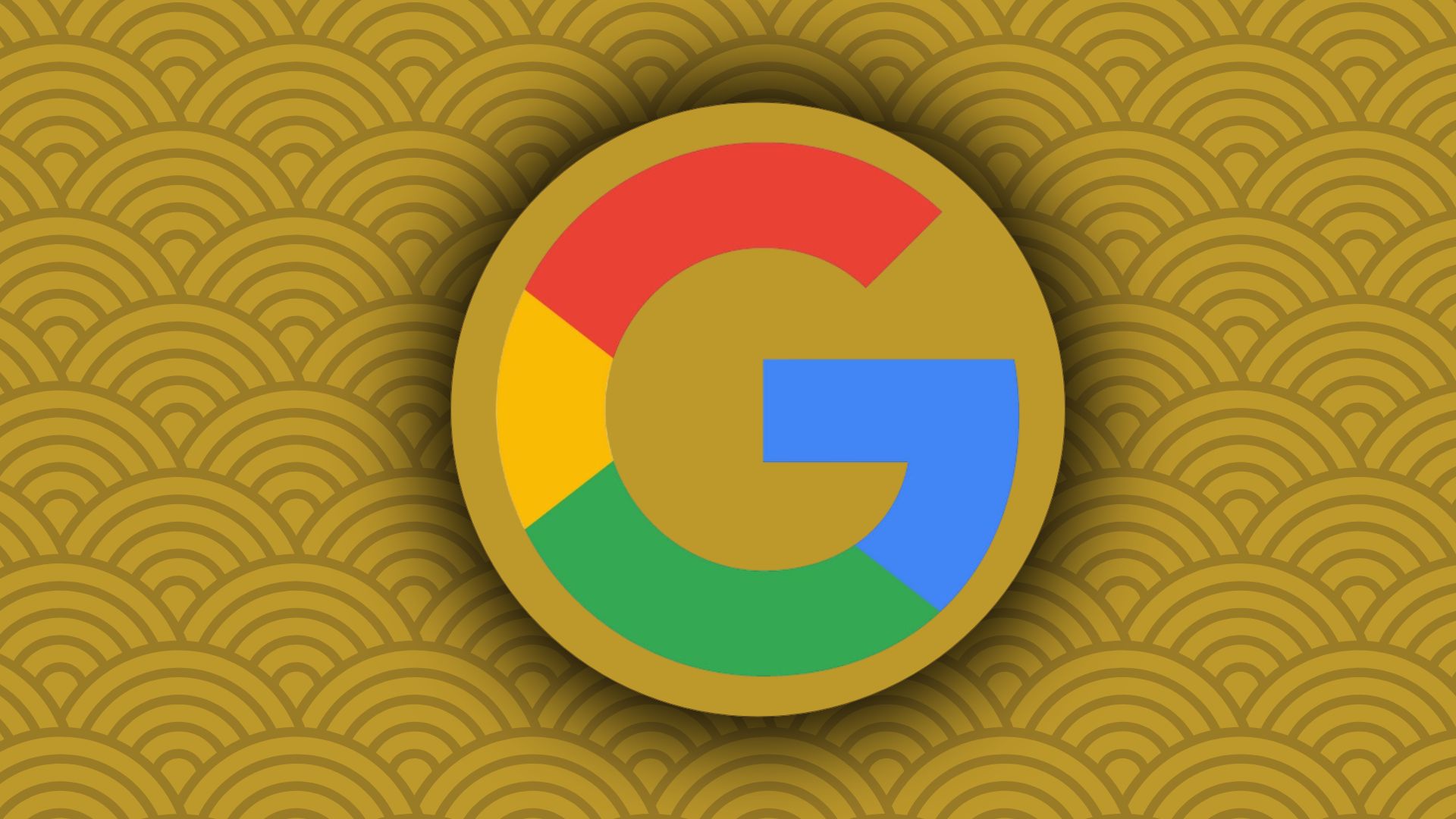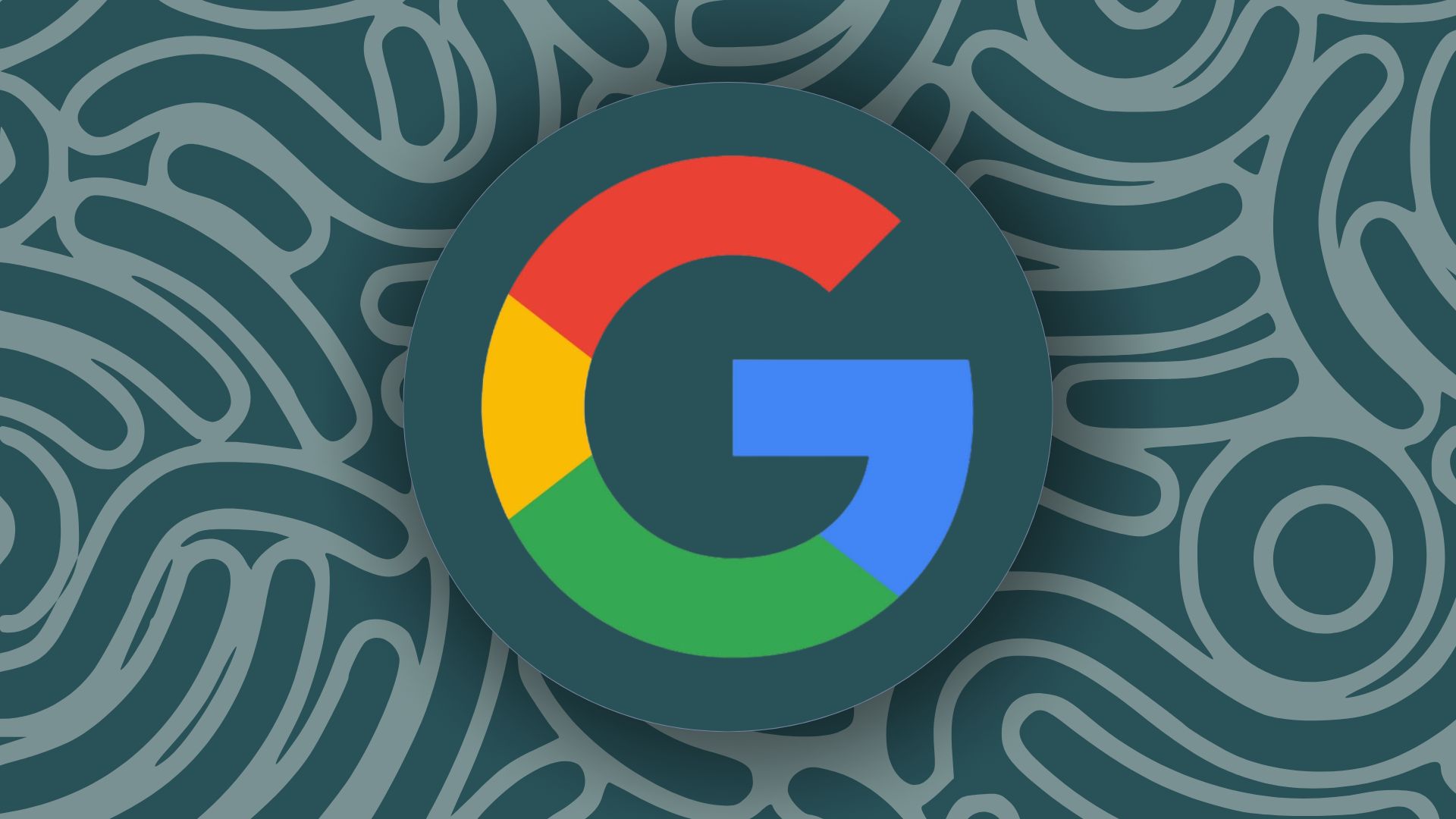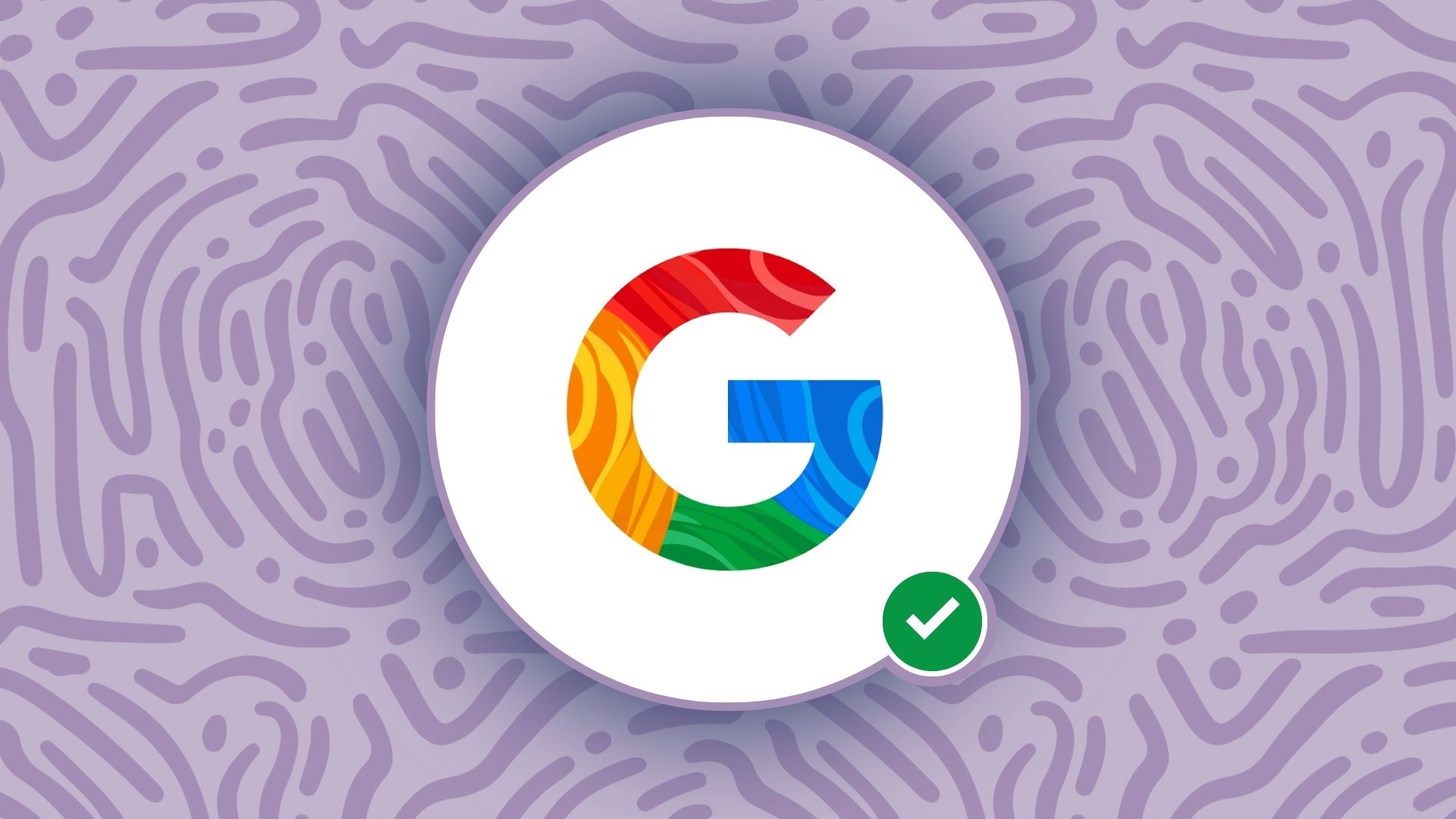
What is a ‘Zero Click Search’?
September 12, 2025 Posted by Maisie Lloyd Round-Up 0 thoughts on “What is a ‘Zero Click Search’?”What is a zero-click search?
A zero-click search is the term used for search queries that are answered without needing to select any links on the search engine results page (SERP).
This is usually down to three types of search results:
- AI Overviews – Google’s AI overviews collate the most relevant and useful pieces of content into a generated response. This is now displayed at the top of the SERP, and appears for approximately 18% of global searches.
- People also ask – This panel appears in Google and has a drop-down of relevant questions to the search query. This pulls an excerpt from a piece of content which Google deems to be of quality.
- Knowledge Panels – This is a type of panel we often see with films, celebrities, books and so on. This contains information about the content, and it dominates the page with it being positioned first or on the right side of the results page.
- Featured Snippets – Taking the top position or sometimes grouped with the ‘people also ask ‘section. This contains a description regarding the search; this may be seen for recipes, ‘how-to’ questions and ‘what is’ searches.
Do zero-click searches affect SEO?
Zero-click searches can negatively impact the SEO efforts of website owners. If content is not being clicked on, it directly affects the traffic volume content is receiving. This can be incredibly harmful for sites that are already lower in rank.
This can then ultimately impact overall performance metrics, even for those being displayed in AI overview, featured snippets and so on.
How to optimise for zero-click searches?
The way marketers and content creators produce content has to be adapted to accommodate the changes in user behaviour now that features deemed convenient are taking up SERP real estate.
Shift the focus from getting clicks to increasing your brand awareness and trust with Google. Getting content to rank higher will increase the probability of it being displayed in one of these various information panels. Which in turn increases your brand’s visibility with potential zero-click searchers.
You can achieve this by creating high-quality, informative content. Our guide to writing blogs, can help can help you with that process.
For more informative blogs, guides and news updates, subscribe to our Weekly Roundup!














